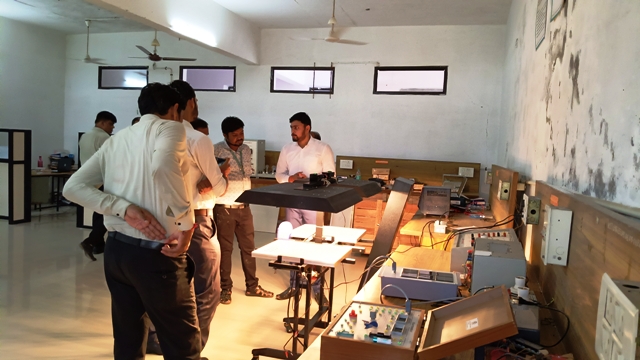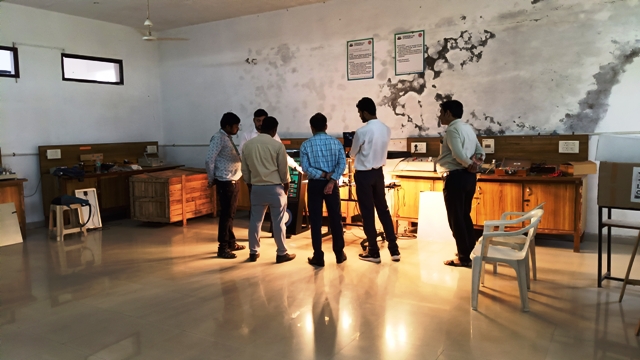The Solar PV Training and
Research System is designed with the objective of educating students on the
practical and theoretical aspects of standalone Solar PV systems. Solar
technology is constantly evolving, and this system provides the perfect
environment for students to explore the latest advancements while gaining a
deep understanding of how solar panels work in real-world conditions. The
system's capabilities are organized into three primary areas that focus on
different elements of solar PV systems:
1. Fundamentals of Solar PV Panels
This module introduces students to the essential principles of solar PV
technology. They study the I-V (current-voltage) and P-V (power-voltage)
characteristics of solar panels, which are crucial in understanding the
relationship between power output and environmental conditions.
Students explore how to configure solar panels in both series and parallel
connections, learning how these arrangements impact energy generation. The
system also allows them to observe the effects of various factors such as
irradiation levels, temperature fluctuations, shading, tilt angles, and the
geographic location of the panels. This hands-on experience is invaluable for
understanding the real-world challenges that solar power systems face and how
to optimize them for maximum efficiency.
2. Components and Assembly of Standalone Solar PV Systems
In this section, students delve into the core components that make up a
standalone solar PV system. They learn about blocking diodes, bypass diodes,
solar charge controllers, and inverters, all of which play essential roles in
the efficient operation of solar energy systems.
Students are introduced to the differences between Maximum Power Point Tracking
(MPPT) and Pulse Width Modulation (PWM) charge controllers, which are crucial
for optimizing energy capture from solar panels. The system provides the
opportunity to investigate AC and DC loads, along with the characteristics of
battery charging and discharging, allowing students to understand how solar
energy is stored and distributed in standalone systems. Furthermore, they gain
experience in assembling the components and performing power flow calculations,
which are essential skills for designing and managing solar power systems.
3. Research Opportunities in PV Systems
Ecosense’s Solar PV Training and Research System also offers a dedicated
research unit that enables students to carry out advanced research projects on
standalone solar PV systems. This includes experimenting with MPPT algorithms
and examining the conditions under which they operate most efficiently.
The system is equipped to handle both automatic and manual gate signals,
allowing for flexibility in controlling the solar charge controllers. Students
are encouraged to implement their own MPPT algorithms on the system, providing
them with the opportunity to explore innovative approaches to maximizing solar
energy capture. This feature makes the system ideal not only for undergraduate
students but also for scholars who are conducting research in renewable energy
technologies.


